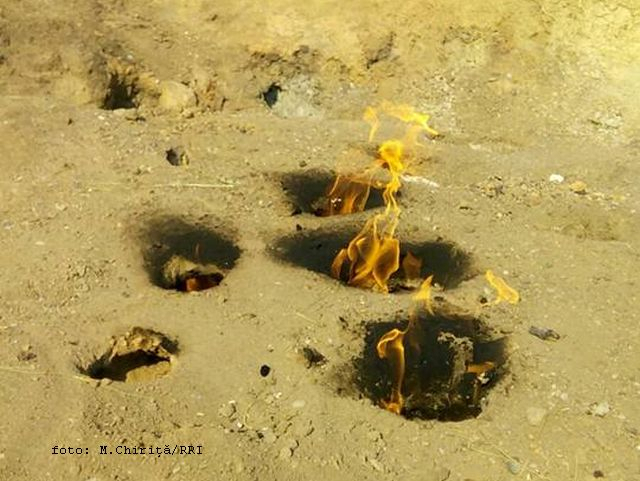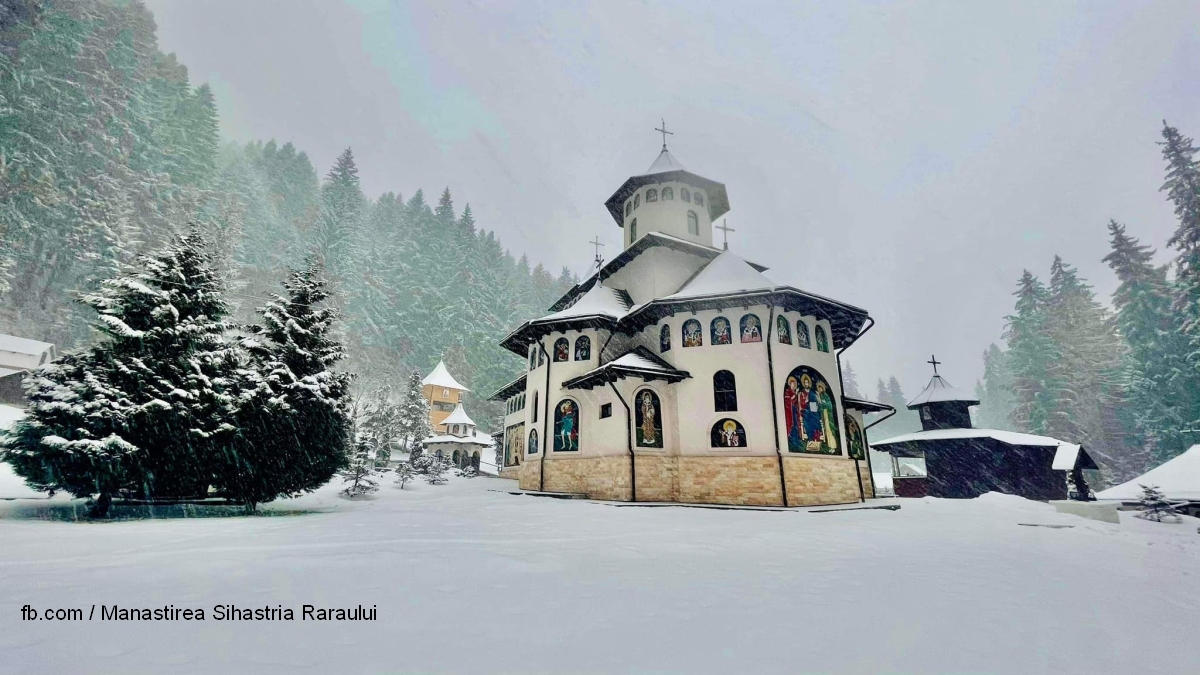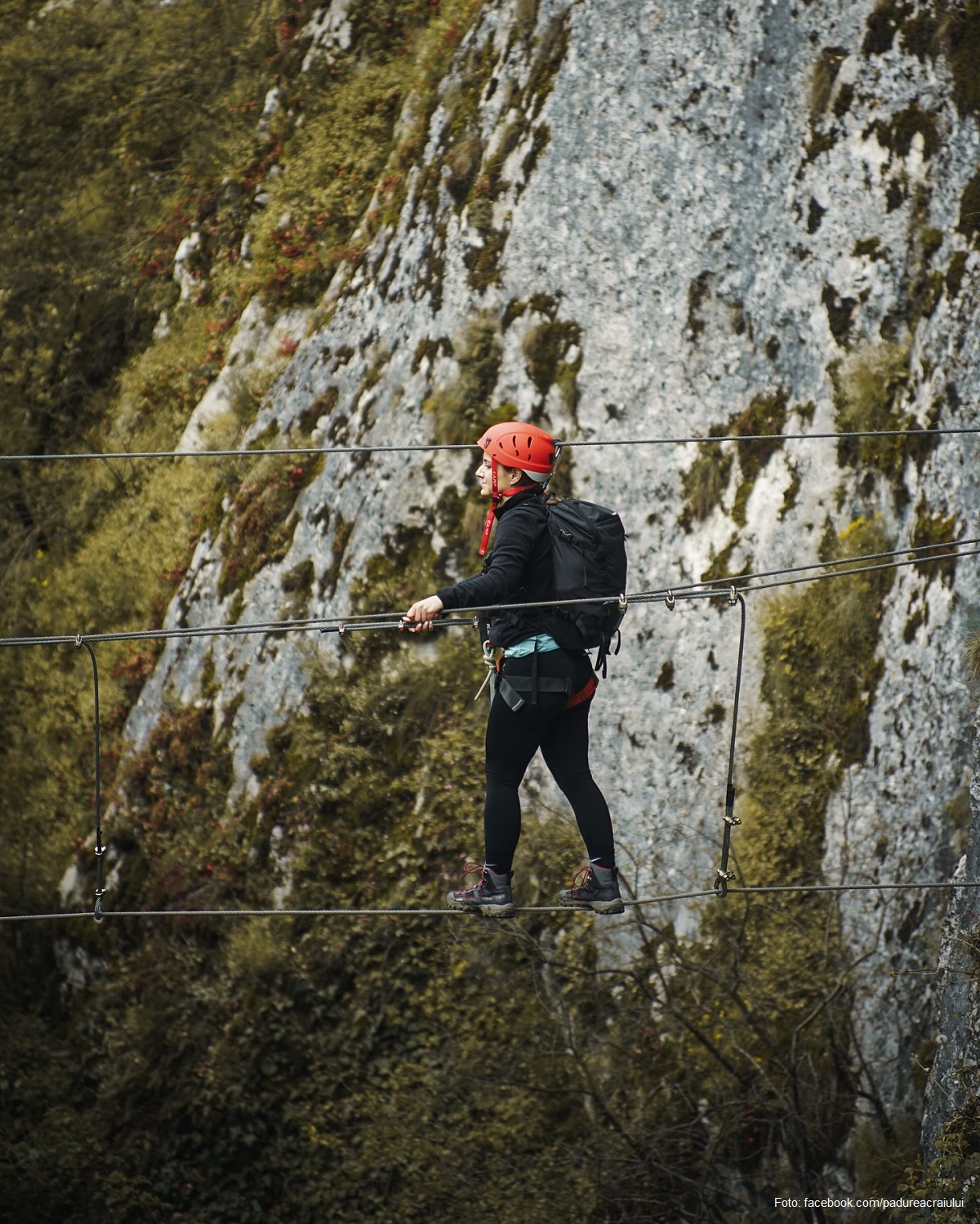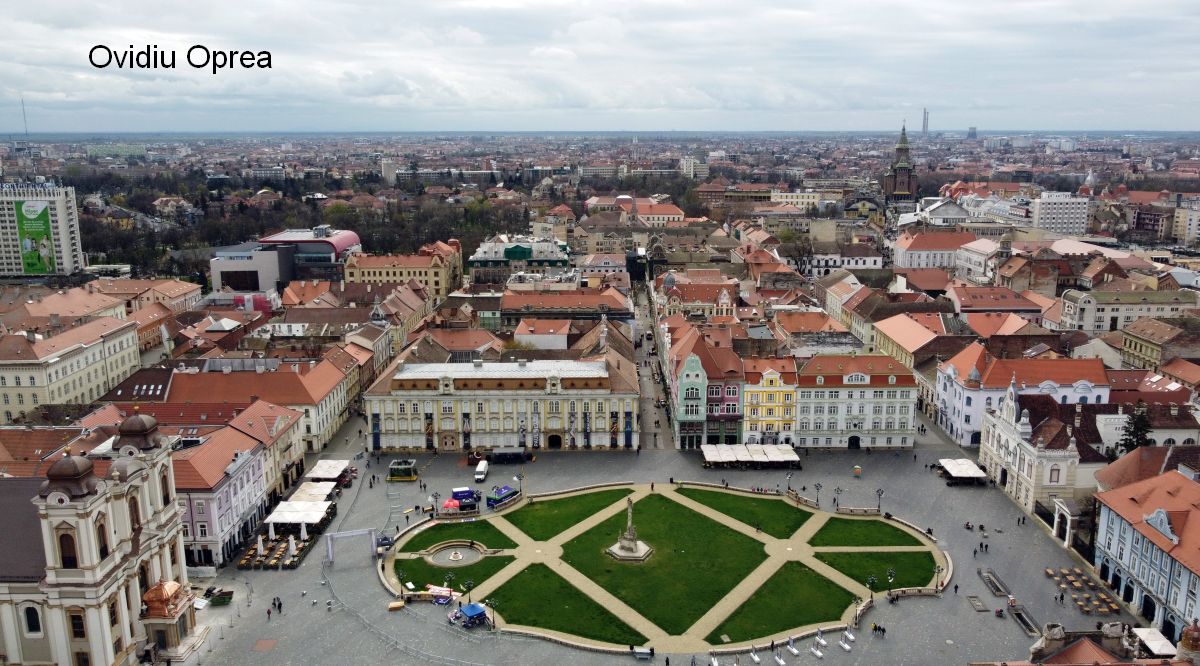Tourism in Buzau
Today's destination is in the eastern part of Romania, outside the arc of the Carpathians

Daniel Onea, 15.07.2021, 13:06
Today’s destination is in the eastern part of Romania, outside the arc of the Carpathians, at the meeting between the historical provinces of Wallachia, Moldavia, and Transylvania. The locals call it proudly ‘a small Romania’, due to the diversity of forms of relief and forms of tourism found here. Nicoleta Galmeanu, tourism adviser with Buzau County Council, told us that a tourist would need a whole month to experience all that Buzau County has to offer, and said that they should start their sojourn in the county seat, the city of Buzau, which has been documented as far back as five centuries ago:
“I would start here, at the County Museum, host to an entirely original collection, and then go on to other parts of the county. It depends on what the tourist is interested in. If they are an active person, who wants to visit the mountain and hill areas, Buzau County is very attractive. We have unique destinations in Europe, even the world. For instance, the Mud Volcanoes. The unique nature of this landscape is provided, first and foremost, by the lifeless ground, as it is known. You will see volcano cones that bring to the surface cold lava and black lava, in a place where the ground is said to boil cold. The central part of the sub-Carpathian hills is a fairly large swath. There are over 40 hectares of terrain, where you find circular craters, with liquid mud, making for a moon-like landscape. It was discovered around 1860, by some oil prospectors. This area was declared a protected nature area for its geology, flora, and fauna at the national level in 1924.
To continue our journey, we get to Buzau Country. Here is Nicoleta Galmeanu, tourism adviser with Buzau County Council:
“This is an area that we have been promoting intensely lately, because it manages to maintain unaltered its tourism attractions, historical objectives, and traditions. I would take you next to Bozioru, where we have the area with trovants, or concretions. It is an extraordinary natural phenomenon. The landscape and micro-relief are spectacular. These are rocks with bizarre shapes, little known and seen. Some people call them ‘living rocks’, because, due to erosion and the weather, they change shapes and sizes along the years. Scientifically, they are sand deposits, with cemented strata of sandstone, shaped by natural agents, such as wind and the rain. From here, you can easily reach the Living Fire. This is another tourist attraction and geological reserve, in the village of Lopatari, about 70 km away from Buzau. From the bowels of the earth, columns of fire spew out from below, burning ceaselessly. In fact, these are natural gas pockets underground, which are sparked alive by quartz crystals.
Not far from here, you can get to the village of Manzalesti. Here you can see the White Stone of Manzalesti, a natural phenomenon, the petrified ash of volcanoes that erupted dozens of millions of years ago. From the White Stone you can climb to the Meledic Plateau. Here is Nicoleta Galmeanu once again:
“The scenery is spectacular on the Meledic Plateau. In addition to being a nature reserve, it is a speological and zoological reserve. Here we have 60 hectares of land where you can find the biggest salt deposits in Romania. The rain dissolves the salt, and creates spectacular forms of relief. Here you can find caves dug into the salt by underground water. Here you can find one of the longest salt caves in the world, the Sase Iezi Cave, 3,190 meters long. Over there you also find two lakes, Lacul Mare and Lacul Castel. Their waters are very cold at all times of the year. This plateau is the host every year for a famous folklore festival, and for a sculpture camp, with 25 outdoor exhibits.
Buzau Country also attracts tourists with its wines and food, as Nicoleta Galmeanu told us:
“We have plenty of wine cellars you can visit and taste the wines. In terms of food, Buzau excels with three traditional products, famous all over the country and in other parts of the world: Plescoi sausages, Buzau bagels, and Buzau babic, a special kind of dried sausage. Add to those our wines. In terms of traditional crafts, you can find them all over the country. We have two living human treasures: Amelia Papazisu, with her goat hair weavings, and Mircea Micu, for his musical instruments, mostly alpenhorns. We also have many other traditional craftsmen who make fabrics, pottery, and others who make paintings on wood and glass, as well as wooden sculptures.
Buzau County is also popular with lovers of adventure tourism, who come here for mountain climbing, off-road, rafting, paragliding, and canyoning. A world rafting championship is held every year here. This is one other reason for which Buzau County Council has so many tourism projects, as Nicoleta Galmeanu told us:
“Our most important project right now is the Buzau Country Geopark. In late 2020, the Buzau Country Association, one of whose members is Buzau County Council, has already applied for gaining the status of UNESCO Global Geopark. This is a territory with around 18 village clusters, with many objectives of interest for geology, ecology, archaeology, history, and culture. By gaining this title, we will manage to promote and take advantage of the special natural elements in the area, as well as the local culture and history.
Last but not least, we recommend a visit to the Amber Museum in Colti, which reopened last year. You can see there wonderful specimens of amber, about 300 of them, from translucent yellow to opaque black.






























